Gordon Chen, MD and others at ChenMed have done the DPC movement (and primary care in general) a data favor with their new study entitled High-Touch Care Leads to Better Outcomes and Lower Costs in a Senior Population. While ChenMed uses a Medicare Advantage model (similar to Iora Health) that is not common for stand alone DPC practices, there are lots of similarities that are worth observing. Their data reviewed care for 17,711 patients receiving care between 01/02/2014 and 03/27/2015. Their model is also discussed in this article from “The DO.”
The authors of the study describe “high-touch care” as a model that “delivers care through very frequent patient-provider encounters aimed at preventing or delaying the occurrence of complications of chronic conditions” based on seven pillars:
1) A preventive cardiovascular program
2) (In most states), on-site medication dispensing by providers (ref your dispensing page)
3) Smaller patient panels of approximately 450 patients per primary care physician
4) Very frequent encounters, with a mean of 189 minutes per year of face time
5) An advanced electronic health record system
6) Courtesy transportation for all patients; and
7) Walk-in hours
I think the seven pillars above apply to most DPC practices. I would make the argument that “high-touch” care and “direct primary care” have essentially the same clinical and economic outcomes. DPC physicians might not routinely offer courtesy transportation for our patients, but house calls are a routine offering. We spend lots more face time with our patients as well, as I have argued here. The study is certainly worth a read. I’ve attempted to summarize some of the results they have displayed below.
“High-Touch” (DPC) Standard
Preventive CV Care Yes No
EHR Yes Yes
UC No Yes
Labs/Imaging No Yes
Onsite Meds Yes Yes
Panel Size 450 1,000
Avg Yr Face Time (minutes) 189 90
Transportation Yes No
Age (Mean) 67.8 57
Female 61% 57%
Aspirin 41% 0%
ACE/ARB 69% 33%
BB 39% 17%
Statin 64% 42%
Diuretic 51% 24%
Median PMPM $87 $121
Hospital Admissions 0.10 0.20
Note that many of their traditional numbers are much friendlier than the traditional health care system at large. I would suspect that a standard patient panel would have something closer to 2,000 patients and have maybe thirty minutes per year of face time with the patient.
To the folks at ChenMed - keep up the good work!
